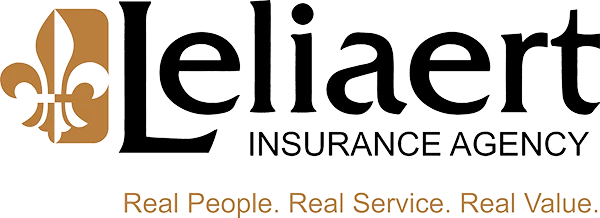December 9, 2020
If you are looking for cheaper or limited coverage, catastrophic health insurance might be right for you. In general, catastrophic insurance plans are less expensive per month than a standard HMO insurance plan. But, how do you know if it is the right thing for you?
Learn everything you need to know about catastrophic health insurance coverage. Find out how much it costs in comparison to a standard HMO plan, how much coverage it provides, and if you qualify for catastrophic health coverage. And, see whether this plan will serve your needs if you need medical attention for any reason in the near future.
What is Catastrophic Health Insurance and Is It Right for You in 2021?
Only qualified individuals can get catastrophic health insurance (CHI), and there might be better health coverage options for you. The purpose of CHI is to provide essential medical coverage to individuals with financial hardship, or who are under the age of 30. CHI generally has lower monthly premiums to account for financial hardship or low-risk carriers.
The catch, however, is that catastrophic health coverage carries much higher deductibles than that of a standard HMO plan. So, if you do end up experiencing a medical emergency, you pay a higher out-of-pocket fee before your catastrophic health coverage kicks-in. Depending on your situation and health, a CHI plan might sound perfect, or it may not be the right type of insurance for you.
Plenty of individuals are currently struggling to keep up with their high-premium insurance through the Affordable Cares Act (ACA) – also called Obamacare. Catastrophic health coverage is a good alternative for some. Generally, you would consider getting catastrophic health coverage if you cannot afford standard health insurance – but it is not the only budget health insurance option available.
Catastrophic Health Coverage, Premiums, and Deductibles
With a CHI plan, you get three primary care visits per year – just like most standard HMO plans. Outside of your three annual checkups, however, it does not provide conclusive coverage for most other medical procedures and care. You end up paying an out-of-pocket cost of up to around $8,000 before your coverage kicks-in.
The biggest consideration is whether or not a standard health insurance plan ends up being comparable to the cost of a catastrophic health insurance plan. If you qualify for CHI, you then must consider your likelihood of experiencing an unforeseen medical event. If you end up in the emergency room, your total out-of-pocket costs, in addition to your annual premium, can end up costing more than standard health insurance.
Who Should Consider Getting Catastrophic Health Insurance?
The two groups of people who generally are interested in a catastrophic coverage policy are those who want to pay as little as possible for the bare-minimum coverage, and those who have no other option due to financial hardship. So, either you don’t want to pay, or can’t pay for standard health coverage.
Catastrophic insurance provides bare-minimum preventative medical coverage before you are responsible for up to $8,000 out-of-pocket. And, the likelihood of experiencing a medical emergency gets higher as you age. If implemented as a long-term solution, catastrophic coverage will likely end up costing you more than standard coverage in the long-run.
As a way of easing the financial burdens imposed by the ACA’s Individual Mandate – if you are under the age of 30 with a clean medical history you can qualify for catastrophic health insurance. In 2019, however, the individual mandate was suspended, so there is no federal penalty for going uninsured in 2021. So, for individuals under 30, catastrophic health insurance is no longer as valuable a means by which to avoid penalty fees – since the penalties no longer exist.
If you are over 30 and do not have financial hardships, you simply present too high of a health risk to make a catastrophic policy financially feasible for most private insurance companies. But, no matter your age, financial hardship remains a reason why catastrophic coverage can be helpful. To be approved for your hardship exemption claim you must meet a qualifying circumstance at some point in the past year, such as homelessness, eviction or foreclosure, bankruptcy, or overwhelming medical debt – among others.
You can also qualify if you are ineligible for Medicaid due to your state’s restrictions on the expansion of ACA coverage. But, navigating the world of health insurance can be difficult, and you’re not on your own. Talk to an insurance specialist to get help with your coverage options, applying for Medicaid, or qualifying for catastrophic health insurance.
